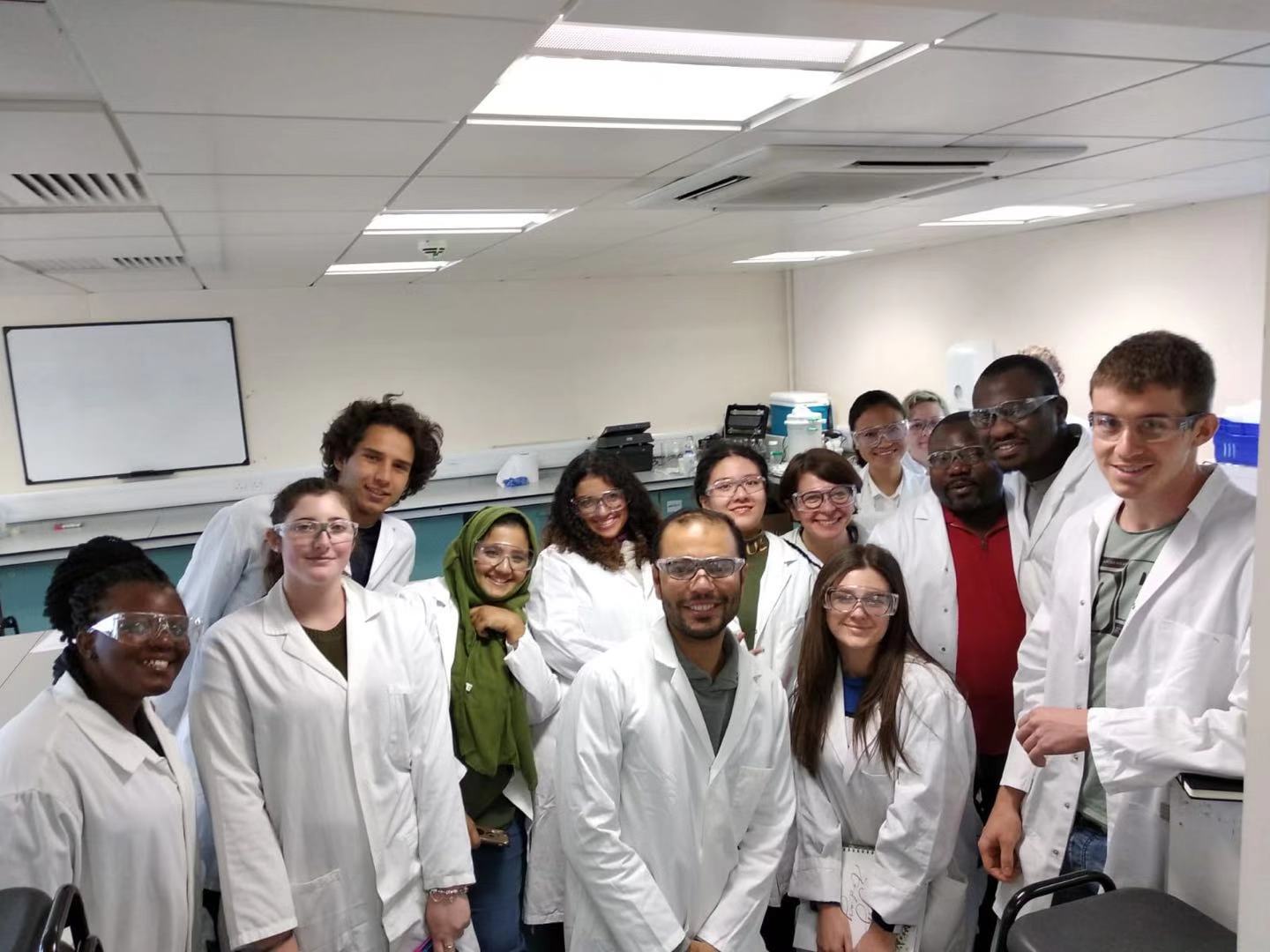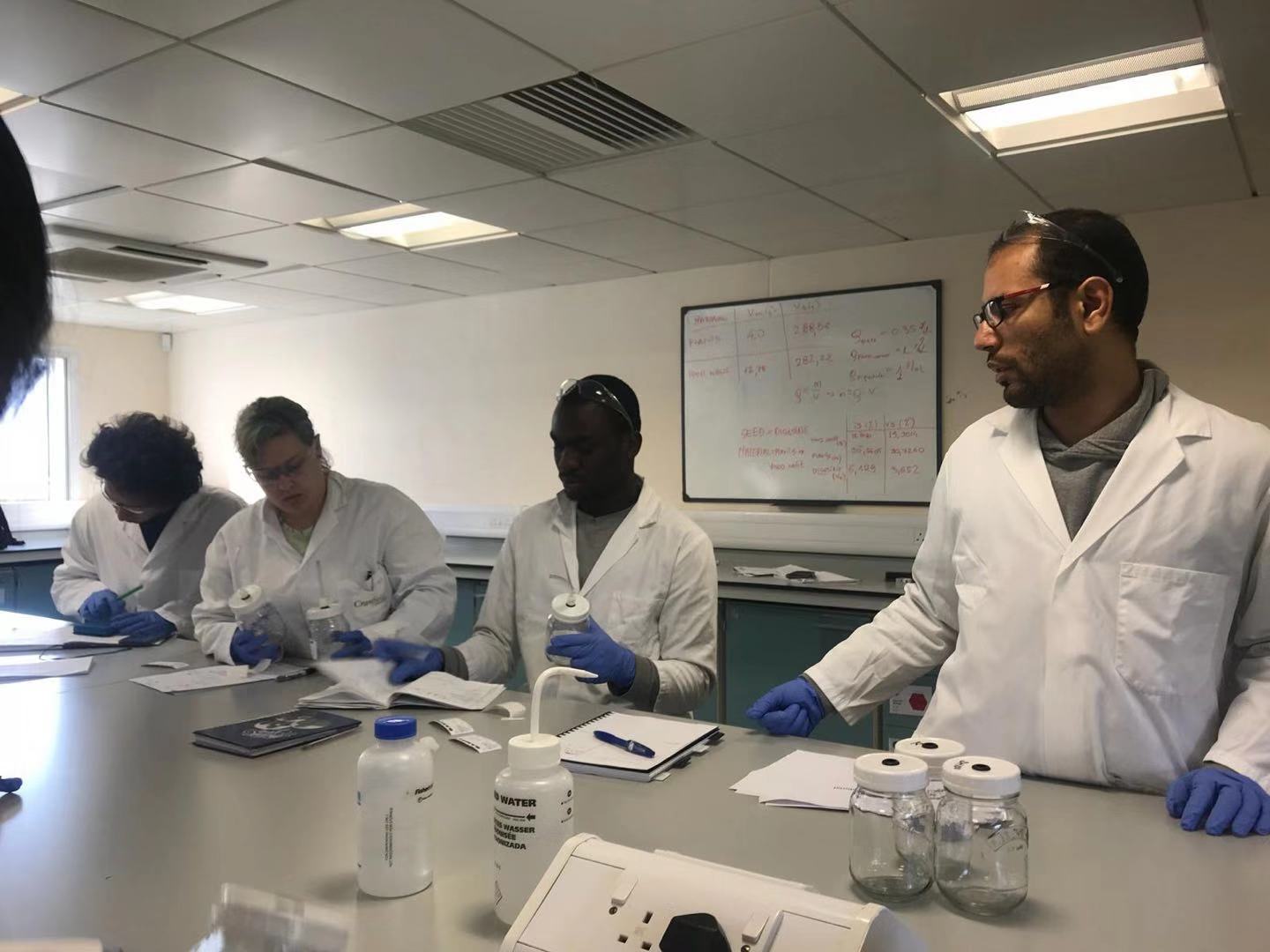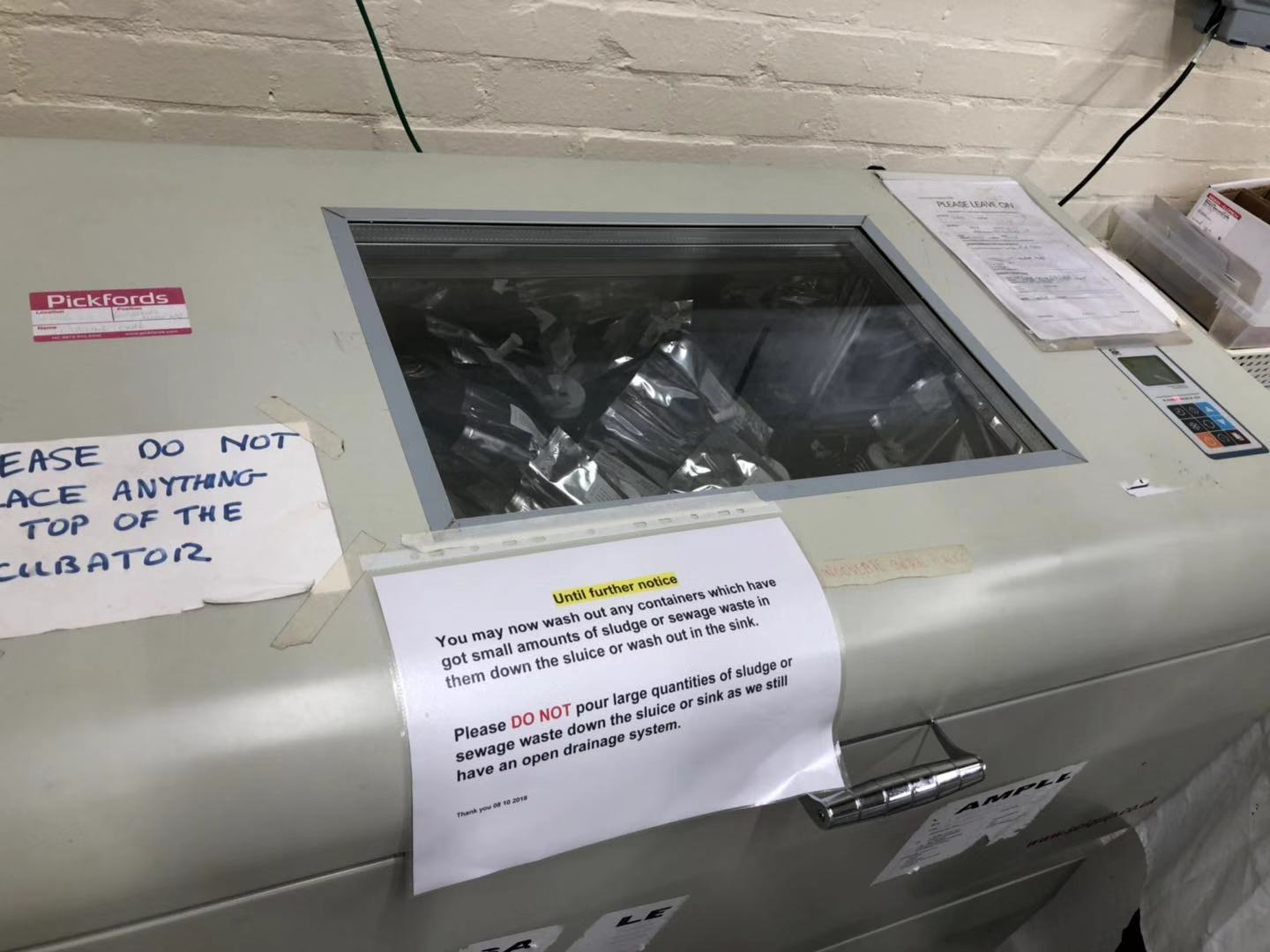The first week of circular waste management
29/11/2018

From 22 Oct, we started a new module, circular waste management: recycle, recover, and disposal, which is the second module in the Environmental Engineering MSc. This is a module which took four weeks. In the first part, in order to understand biorefinery better, the experiment to measure biogas from collected material impressed me a lot.
During my undergraduate course of environmental engineering in China, I experienced a lot in a lab, such as some experiments related to chemical analysis. However, I have never worn big goggles that can cover my glasses. This made me feel like a scientist!
The first part of the experiment is testing the total solids (TS) and volatile solids (VS) of the waste. We worked as two groups to weigh two different types of waste. The group I was in was in charge of plants. The material is a mixture of grass, leaves, and some other residues from plants. So it’s not like powder or liquid, it takes more room for the same weight. We weighed it carefully in order to get the most precise number.
Then we did a calculating exercise to find out the TS and VS of different materials and how much of the materials we needed for the next step. From this stage, we created a new group to calculate the ability to produce biogas by different materials. Using wet weight and dry weight, we got the TS and VS. Considering the ratio of seed and material, we knew we needed 17.80g material and because we are supposed to compare the difference between food waste with fat and without fat, the sample included food waste 15.80g and peanut butter 2.00g.

Calculating is not easy. Discussing with partners can improve accuracy.
The weighing process impressed me a lot. It was difficult to control the amount of material you added to the scale and this is the time to work as a team. Your team mates felt in the same way as you. When adding the material into the bottle, we all felt nervous together but we kept encouraging each other, saying “come on” or “wait, wait”. The atmosphere was really happy.
After weighing and preparing the bottles ready for the test, we went to the lab to see the facility collecting and testing the biogas.
There is something to remember in a lab. Firstly, safety is always most important. Wear lab coats, goggles, and gloves all the time and wash your hands before leaving. Secondly, keep the lab tidy. Many people work in the same lab, and you don’t know when and who will come and use the machine you have used. They don’t what you have done in the lab and if there is something toxic, so you need to clean up properly after yourself; so cleaning is not just for tidiness, but also for others safety.

Glass collected into bags in machine
Categories & Tags:
Leave a comment on this post:
You might also like…
Automotive Engineering: From student to hypercar innovation at Rimac
We sat down with recent graduate Thomas Perrin, to discuss how his year on the MSc in Automotive Engineering at Cranfield University propelled him from the lecture hall directly into the ...
What this year at Cranfield really meant to me
Every Cranfield journey is unique. In this alumni reflection, Zachea Scicluna shares what her year at Cranfield truly meant, from facing uncertainty to gaining hands-on experience in industry-backed projects. I’ve been reflecting (and delaying) ...
Preparing for assignments and exams?
Sorry! We know it seems a bit mean to mention the exams in January rather than looking forward to the break before it! However, we know many of you will be thinking about your forthcoming ...
Screening for FTSE 100 companies on Bloomberg
So you’re researching an index and need some data on its constituent companies? Bloomberg’s Equity Screening tool makes light work of this, not just for the FTSE, but for indices, exchanges and sectors worldwide. Type EQS ...
Accelerating my future: How Cranfield put me on the fast track to automotive safety innovation
Hello! I’m Michaela Kaiser, and I’m thrilled to share my journey studying abroad. I’m from Calgary, Canada, and I recently graduated from Cranfield’s MSc Automotive Engineering course. My path to Cranfield ...
From Myanmar to Cranfield: My path to Renewable Energy
As someone who is passionate about sustainability, my career goal is to build a path in the renewable energy sector. My aspirations comes from the benefits of developing sustainable energy sources and ensuring energy ...






